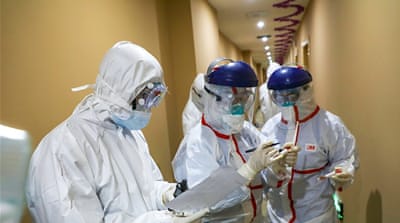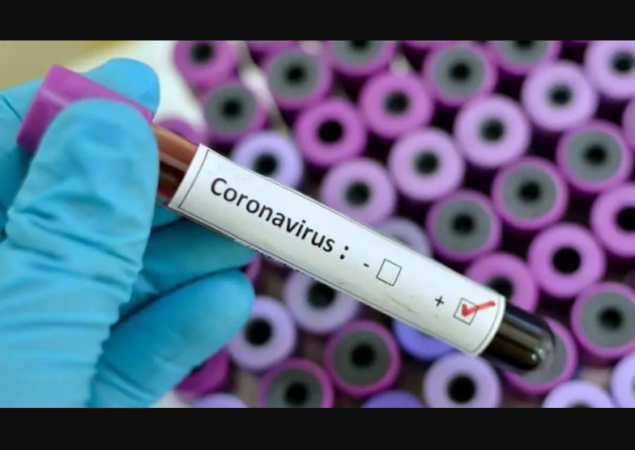
On Sunday, Hubei announced tough new measures to try to curb the outbreak, ordering its cities to block roads to all private vehicles. Meanwhile, a newly published speech revealed Chinese President Xi Jinping was aware of the potential severity of the outbreak long before the public was informed.
The head of the World Health Organization (WHO) said Chinese medical data shows that more than 80 percent of patients have mild symptoms and will recover, while 14 percent suffer from severe complications such as pneumonia, 5 percent are in critical condition and 2 percent die from the disease.
“It appears that COVID-19 is not as deadly as other coronaviruses, including SARS and MERS,” Tedros Adhanom Ghebreyesus told reporters in Geneva, adding that officials were starting to get a clearer picture of the outbreak.
The UN health agency’s chief also said that children were not suffering from COVID-19 the same as adults and that the risk of death increases the older you are.
On the 27TH day of June 2020, the U.S. Centers for Disease Control and Prevention added congestion, nausea and diarrhea to its list of potential COVID-19 symptoms.
“People with COVID-19 have had a wide range of symptoms reported — ranging from mild symptoms to severe illness,” the CDC says on its website. “Symptoms may appear 2-14 days after exposure to the virus.”
In April, when the CDC added six new symptoms to its list, a runny nose was thought to rarely occur in COVID-19 patients. Now, “congestion or a runny nose” is included among the symptoms. The CDC’s list includes:
-Fever or chills
-Cough
-Shortness of breath or difficulty breathing
-Fatigue
-Muscle or body aches
-Headache
-New loss of taste or smell
-Sore throat
-Congestion or runny nose
-Nausea or vomiting
-Diarrhea
The CDC cautions that this list “does not include all possible symptoms,” and will continue to be updated as more becomes known about COVID-19. It still recommends that people seek medical attention immediately if they develop any of these emergency warning signs:
-Trouble breathing
-Persistent pain or pressure in the chest
-New confusion
-Inability to wake or stay awake
-Bluish lips or face
The agency urges those who believe they are sick to stay home, except to seek medical care, and to separate themselves from others.
The US federal department also warned: “Older adults and people who have severe underlying medical conditions like heart or lung disease or diabetes seem to be at higher risk for developing more serious complications from COVID-19 illness.”
This comes as almost 10million people have been infected by the disease worldwide with nearly 500,000 deaths.



















